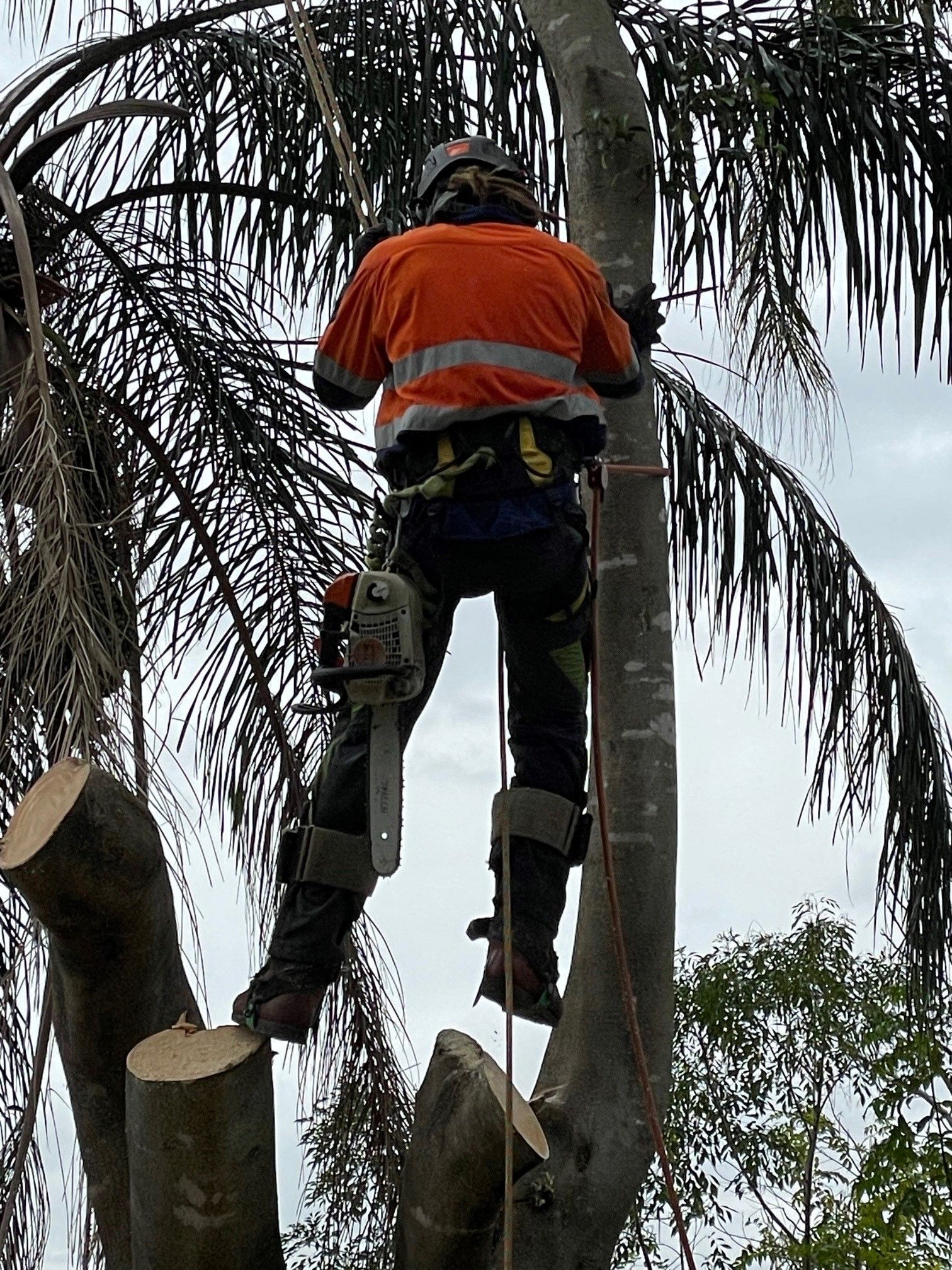Climbing trees is not just an adventurous pastime; it is a skilled profession that requires a thorough understanding of tree biology, safety protocols, and climbing techniques. Tree care professionals, or tree care professionals, devote their lives to the health and maintenance of our leafy friends. They are often the silent champions of urban forestry, ensuring that trees remain healthy, safe, and aesthetically pleasing. Regardless of whether it is diagnosing tree diseases or understanding the intricacies of tree pruning, the art of tree climbing is just one facet of the multifaceted role that arborists play in our communities.
In this exploration of the skills every arborist masters, we will explore the critical factors that make them essential to our environment and the safety of our homes. From identifying when to contact an arborist to understanding how they help mitigate hazards, we will also highlight the equipment of the profession and the training required to become a certified arborist. Join us as we reveal the nuances of tree care and the vital contributions these professionals make to both urban and natural landscapes.

The Importance of Certified Arborists
Employing a licensed arborist is crucial for guaranteeing the well-being and protection of trees in any setting. Qualified arborists are trained professionals who have shown their skills in tree care through rigorous testing and hands-on experience. Their grasp of tree biology, pruning techniques, pest management, and risk assessment is far superior to that of inexperienced individuals. When property owners hire the services of a licensed arborist, they gain peace of mind, knowing that their trees are in trusted hands.
Additionally, licensed arborists are well-versed in the community regulations and best practices surrounding tree care. This ensures that any work performed is compliant with local laws regarding tree preservation and removal. Using a licensed arborist can eliminate potential legal issues and fines, as they are prepared to handle the regulations that protect urban trees and green spaces. Their devotion to continuous education and training also indicates they stay informed with industry advancements and environmental considerations.
An additional significant aspect of hiring a qualified arborist is the economic benefits involved. Investing in professional tree care can lead to stronger trees, which can increase property value and beautify curb appeal. A qualified arborist can provide personalized recommendations, ensuring trees thrive and enhance to the landscape. In the future, engaging a licensed arborist not only safeguards trees but also promotes responsible practices that support the community as a whole.
Tree Maintenance Best Practices
Proper tree care is vital for maintaining the vitality and appearance of trees in both metropolitan and countryside settings. One of the initial best practices is to understand the unique needs of several tree species. Every type of tree has its particular requirements for light exposure, hydration, and type of soil. Arborists aid by assessing these needs and providing tailored care, ensuring that trees grow strong and tough. Consistent monitoring for indicators of disease or stress is also essential, as early detection can avoid more serious problems down the road.
Trimming is another key aspect of tree care that arborists emphasize. The timing and technique of pruning can significantly affect a tree's growth and health. https://etextpad.com/ know when to prune to promote healthy growth, boost the tree's shape, and eliminate any unhealthy branches. This practice not only enhances aesthetics but also minimizes the risk of dropping branches, thus guaranteeing safety in private and urban areas.
In addition arborists support the importance of mulching around the base of trees. Mulch helps keep moisture, regulates soil temperature, and stops weed growth, creating an ideal environment for root development. Arborists recommend certain types of mulch based on local conditions, and they typically educate property owners on how to apply and care for mulch well. Abiding by these best practices will enhance the overall health and longevity of trees, enhancing the landscapes in which they thrive.
Understanding Arbor Health and Dangers
An plant health care professional plays a key role in analyzing arbor health and spotting likely threats to both the trees and neighboring structures. They are educated to detect various indicators of trouble in trees, including color changes in foliage, abnormal growth habits, or evidence of infestations and illnesses. By conducting comprehensive inspections, arborists can determine the overall health of a tree, allowing property owners to take preemptive measures to reduce risks.
Effective tree management not only prevents likely risks, but it also encourages sustainable growth. Arborists employ a set of techniques, such as appropriate cutting, support systems, and bracing, to support trees that may be at threat due to structural weaknesses or environmental stressors. Additionally, understanding tree root systems is crucial; healthy roots anchor trees strongly while also taking in vital resources. This knowledge helps arborists recognize any underlying issues that could impact tree security and durability.
Additionally, the influence of outside factors like soil quality, climate conditions, and city growth cannot be overlooked. Arborists are trained to examine these factors and their impact on tree health. By integrating their skills with regular maintenance and monitoring, certified arborists assist property owners in making educated decisions that enhance tree longevity and reduce the likelihood of consequential risks, ensuring trees flourish in their habitat.
